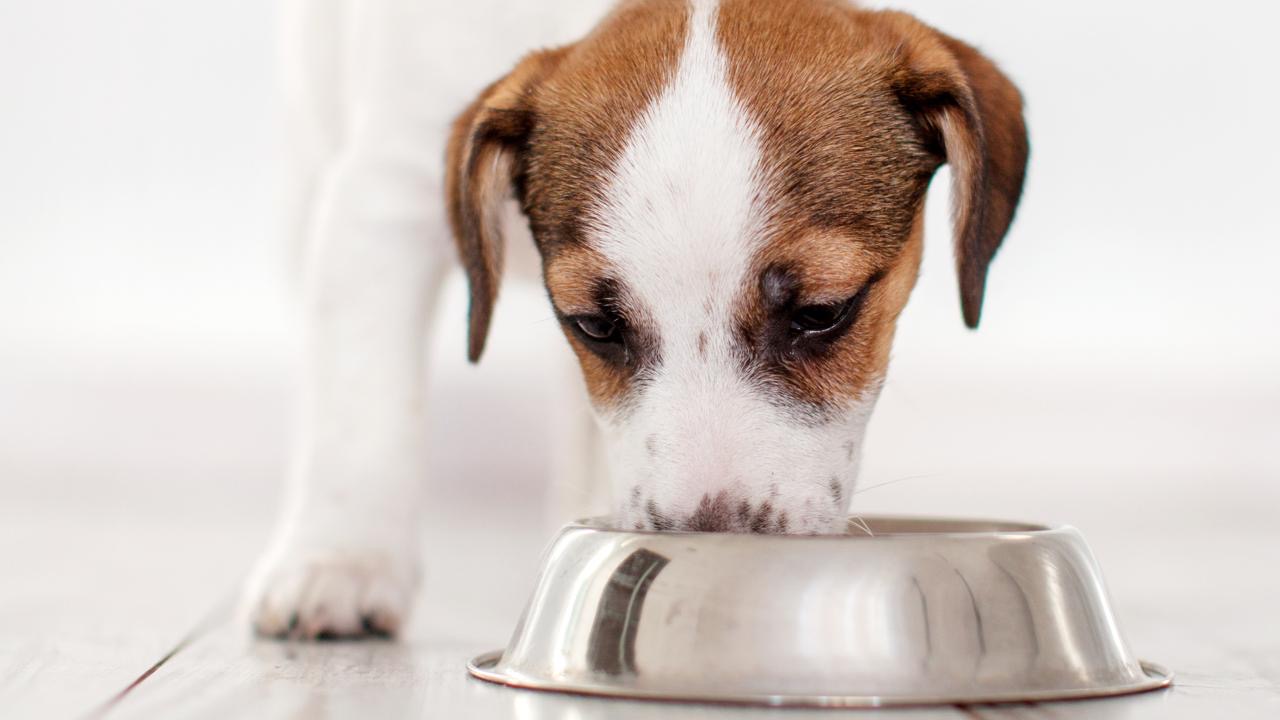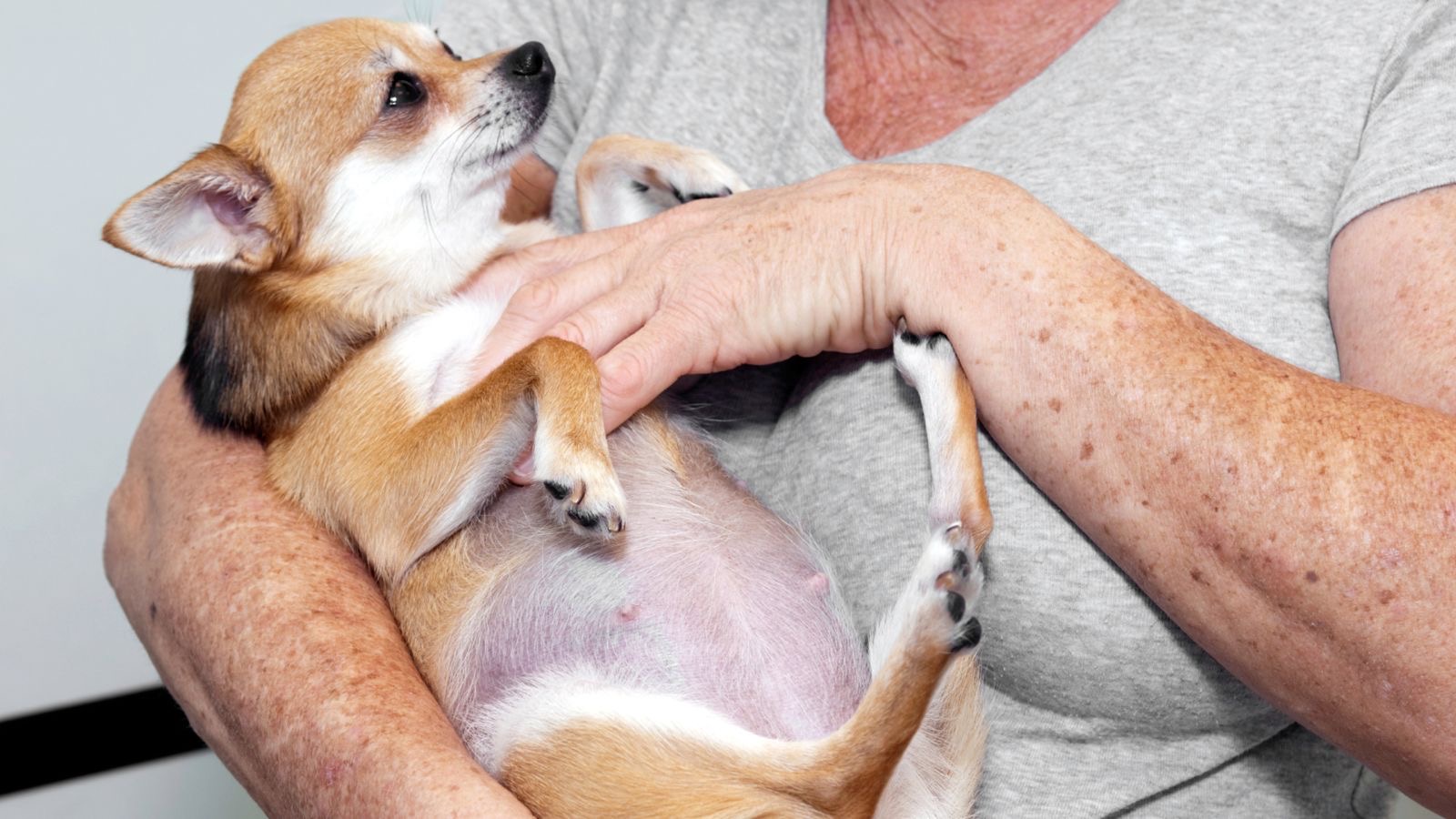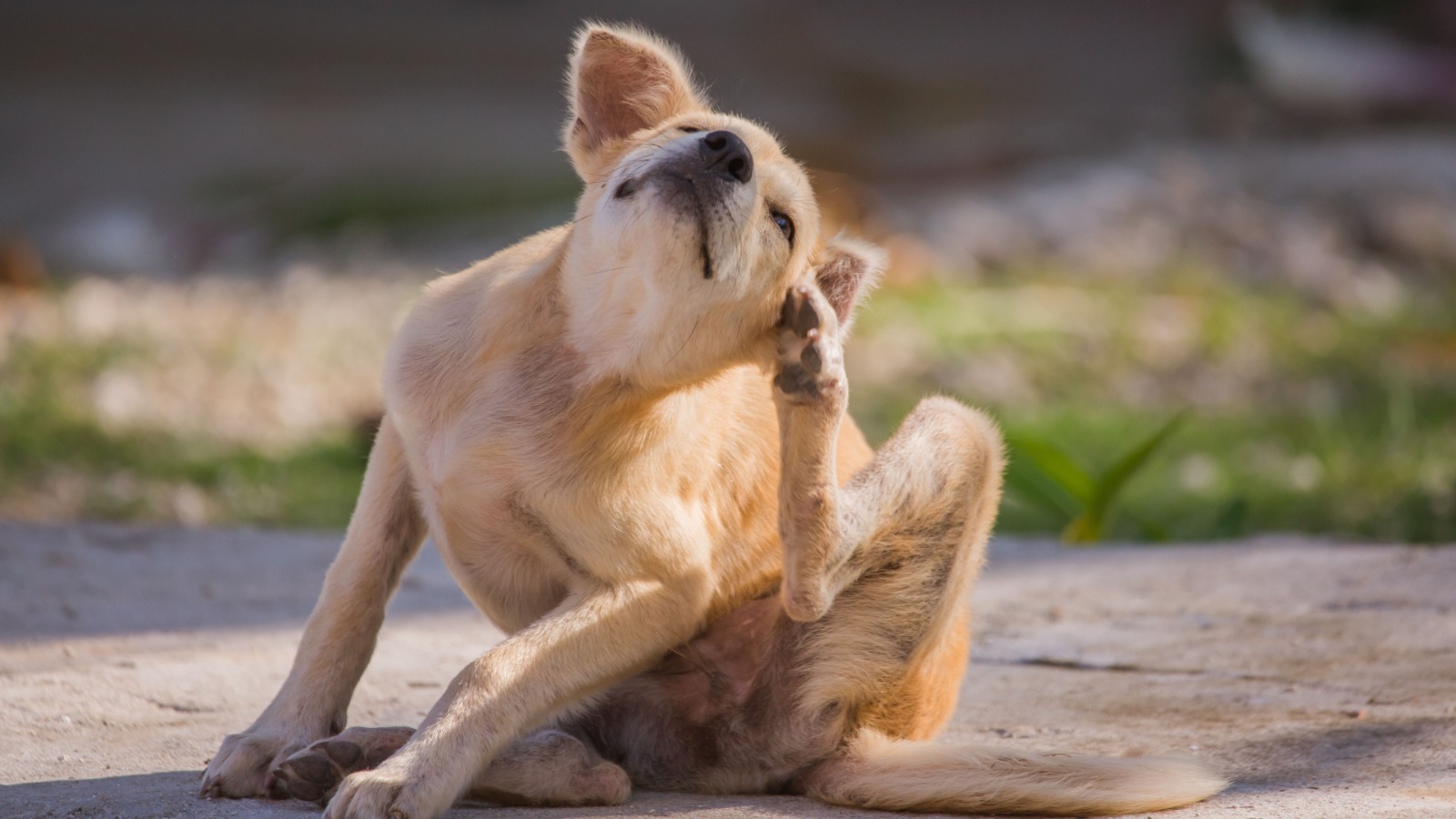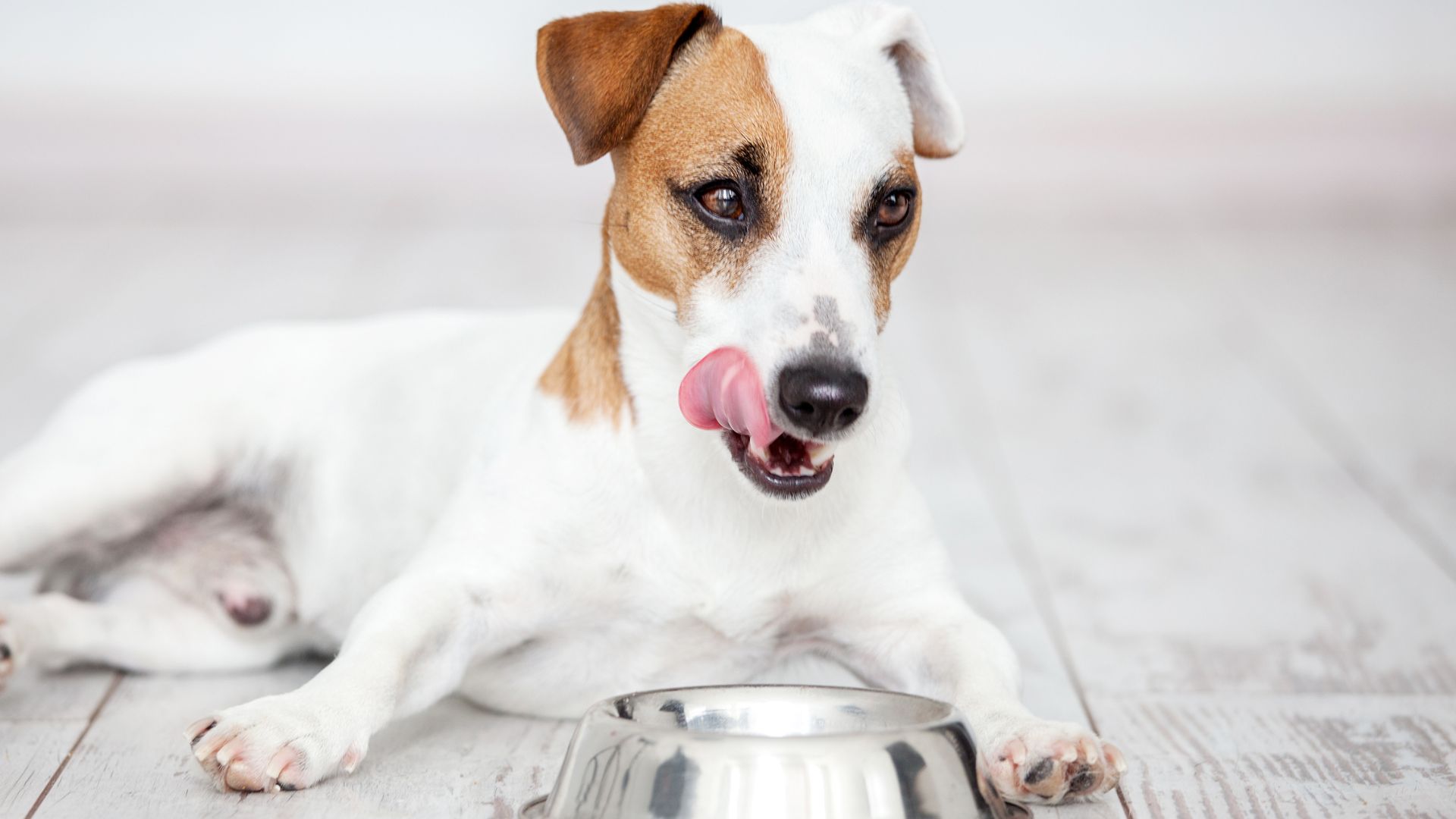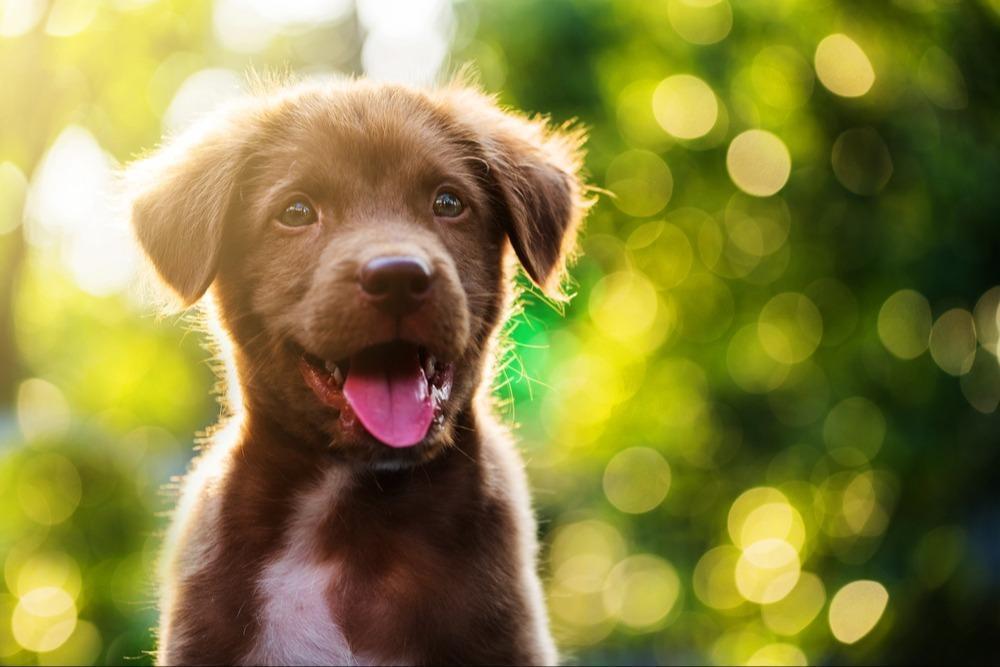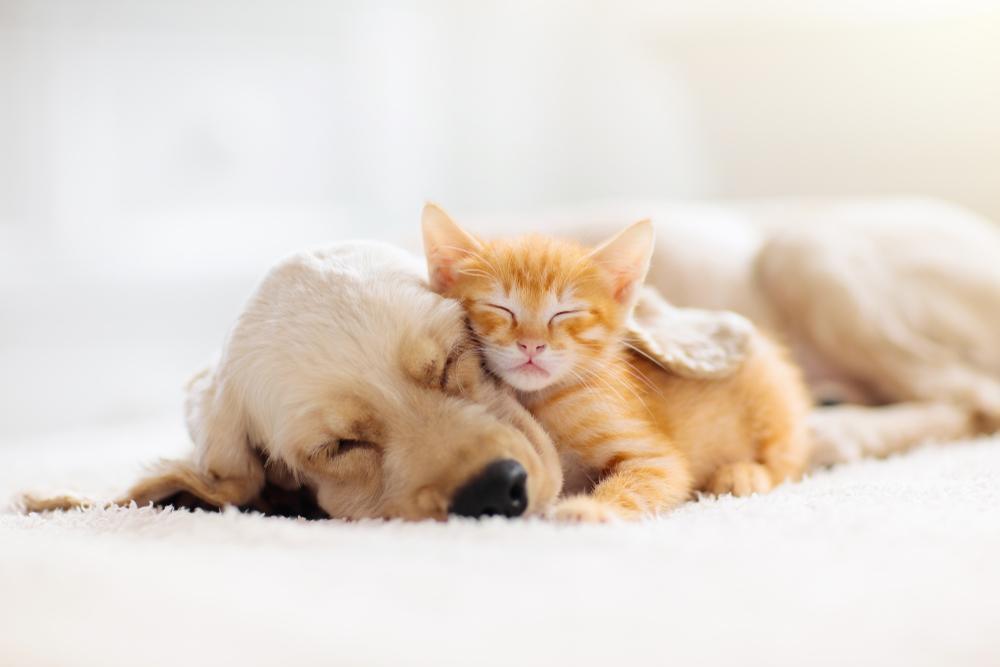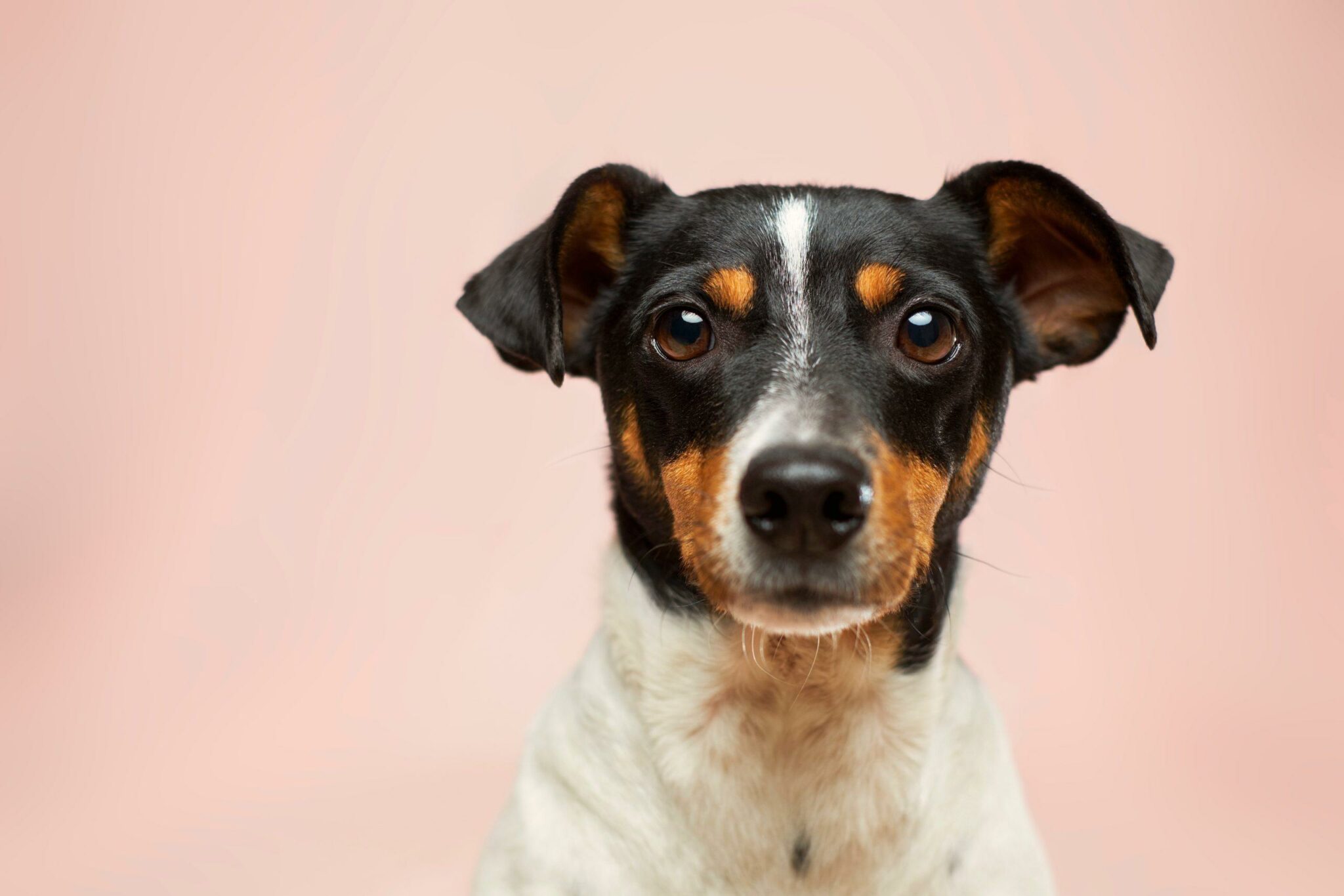
Here at My Pet Nutritionist we always focus on microbrial health, so we delve into it’s importance for your puppy to hopefully set them up for life.
Microbes have been around for billions of years, humans – less than a million and we all know there is much disagreement over the domestication of our faithful furry friends. Microbes can multiply in minutes, survive and thrive in every habitat on earth, and technically, they’ve killed more people than all wars combined. But, without them, we actually couldn’t survive. Microbes are like a bad version of Ed Sheeran, you need me, I don’t need you.
The body is in fact like a mini ecosystem. It has many different microbial communities throughout the body. They live inside; in the lungs, nose, urinary tract, and digestive tract, but they also live on; they are all over the skin!
Because you sadly have jobs that need to get done today, we’re just going to do a whistle stop tour of the three main microbial communities and how we can support them in the puppy.
First up, the skin microbiota.
Not surprisingly, the skin microbiota plays a role in skin conditions like atopic dermatitis and even some skin cancers. Check out our blog on atopic dermatitis in pets here.
In the dog, there are different communities found in different areas of the skin; there are also clear differences in diversity between healthy and allergic dogs.
The skin provides one of the first lines of defence in the immune system, but in two ways. Not only does it have its physical structure to keep things in, and things out, but the community of microbes on the skin also protect against potentially harmful pathogens. The good guys can engulf the bad guys before they gain entry into the body, but they can also compete for nutrients and resources, to prevent the bad guys from thriving.
In utero, foetal skin is thought to be sterile. But colonisation of microbes occurs during and immediately after birth. As the newborn puppy moves through the birth canal, he is exposed to a variety of bacteria from Mum. Once puppy is born and grooming begins, Mum passes even more over to her offspring. Mum health is therefore imperative – not only for the diversity she possesses but also her emotional health. Stressed Mum’s are less likely to engage in grooming behaviour, so if she isn’t grooming her offspring, she’s not passing her microbes to them.
The environment greatly influences the microbiome of the skin.
There are noted variations in skin microbial communities between those living rurally and those in urban areas. There is also an increase in chemical use associated with urban living, which also influences the composition of the microbiome. Diversity is significantly reduced with the use of detergents and antibacterial cleaning products. Potentially pathogenic taxa are also increased as there are fewer good guys to keep the bad guys in check. This is why skin issues like acne or dermatitis are deemed western diseases; they simply just aren’t found on the skin of indigenous tribes or on that of individuals from non-industrialised societies.
What is also interesting is that there is also a clear distinction between male and female microbiome, therefore suggesting hormonal influences. This poses food for thought in the neutered pet and how their microbiome is subsequently affected.
Unnecessary use of antibiotics also affects the skin microbiome, along with excessive use of grooming products and of course nutrition.
There is a collection of microbes found in the mouth; these are the ones that result in bad breath or dental issues.
Again, they pose a first line of defence against ingested potentially harmful pathogens. But they also play a role in metabolising certain nutrients. It is clear that the oral microbiota found in dogs differs significantly from humans – some researchers have even gone as far as saying that a human bite would be more dangerous than a dog bite in terms of wound infection potential. Findings here
The oral microbiota is gaining more attention and for good reason – there are associations between oral microbiota composition and weight gain, much like we have with the gut microbiota.
So, caring for the mouth cavity is just as important as caring for the gut, and colonisation, like in the skin occurs at and shortly after birth – and certainly within the teething period!
Data is relatively new, but in human realms, to support oral health, the guidelines regularly include avoiding ultra-processed foods along with high-sugar foods (think high-fructose corn syrup found in many dog treats and processed foods).
Guidelines also promote dental hygiene –for our puppies and dogs, raw, meaty bones are a great opportunity to support dental health. Remember to choose appropriately sized bones for puppies – soft bones like chicken necks or wings. They must always be raw – cooked bones pose a splinter risk!
When we reference the microbiome, we are considering the microbial community found in the whole of the digestive tract. Generally, the further down we go, the more bugs we find. SIBO or small intestinal bacterial overgrow this when there are too many bugs in the small intestine. We want the majority of them in the large intestine.
Each puppy and dog have a unique microbiome – just as we do. It’s like a fingerprint. How cool is that? But it just goes to show that if there is dysbiosis (imbalance of good to bad guys) – there is no one silver bullet.
For our puppy, we are in a great position to support optimal gut health from the beginning (not withstanding gene interactions).
When we talk about the microbiota or microbiome, we are not just talking about bacteria, but fungi and viruses which live inside the gut too. This is totally normal – the good guys with the right tools can keep the bad guys in check.
This community can metabolise nutrients (ruminant animals rely on their microbes to produce vitamin B12 which gets transported around their body and then we eat their tissue containing B12), but they also produce metabolites which can have a range of effects throughout the body. These metabolites can provide energy for intestinal cells, but they also produce and/or consume neurotransmitters, which are the chemical messengers in the nervous system. These neurotransmitters act on neurons in the enteric nervous system which then communicates with the central nervous system. This is why the gut is often deemed the second brain – there is this two-way communication between the gut and the brain, all the time. The gut does in fact influence behaviour. This is also why there are nervous system considerations in some chronic gastrointestinal issues.
But these microbes have also been implicated in weight gain and even the development of certain cancers. Certain microbes are seen complicit in cancer growth, acting through the host’s immune system. Findings here
And the microbiome can add immune training to its CV – the gut houses a colossal number of immune cells, and dysbiosis significantly influences immune function.
As you can see, supporting the microbial community throughout the body is therefore a key player in optimal health, for many reasons.
We are in a lucky position with our puppies that we can try to start them off on the right paw. If you would like any support in starting your puppy’s nutritional journey then please check out our services here.
Thanks for reading!
MPN Team x

